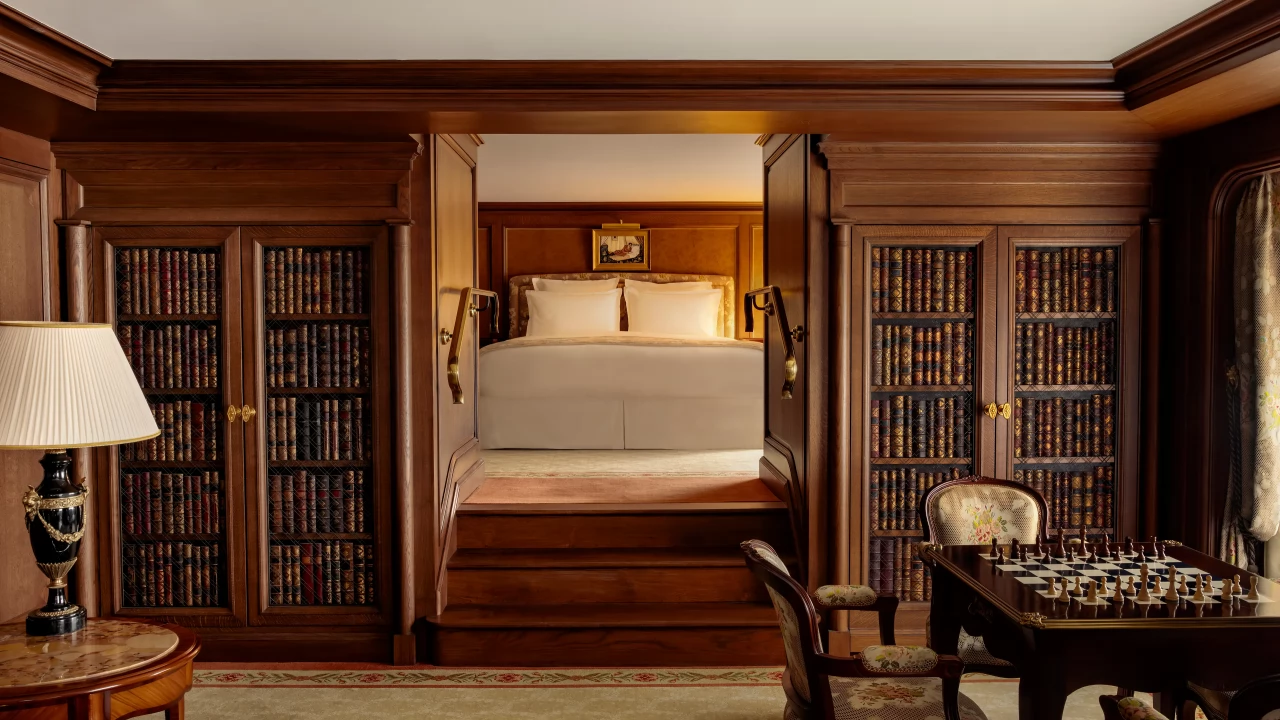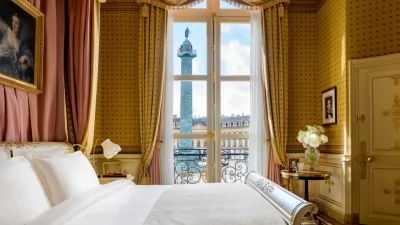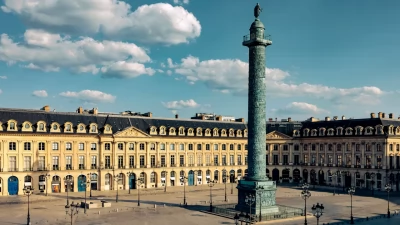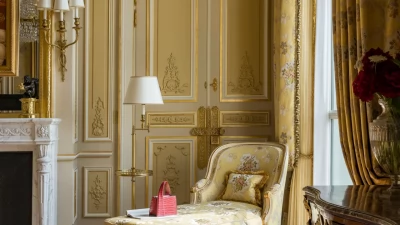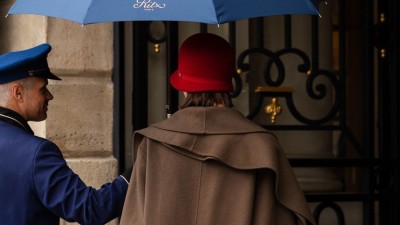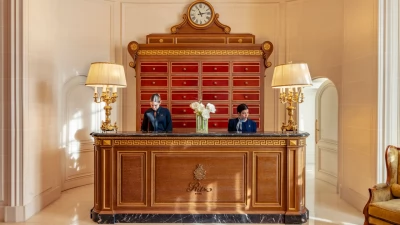To understand the Ritz Paris is to understand a century of Parisian culture, glamour, and artistic revolution. It’s a story that begins not just with the opening of a hotel, but with the birth of a new standard in luxury, conceived by a visionary and brought to life by the most captivating figures of the 20th century. For over 125 years, it has been more than a building; it has been a living, breathing character in the narrative of Paris itself.
The Vision of César Ritz: Inventing Modern Luxury
In 1898, César Ritz, Europe's most renowned hotelier, realized his dream. He acquired a private mansion on the elegant Place Vendôme with a singular goal: to create "the epitome of elegance, luxury, and refinement." His establishment was revolutionary. It was one of the first hotels in the world to boast electricity and private bathrooms on every floor, setting a new benchmark for modern comfort. Alongside his wife, Marie-Louise, he cultivated the famous "Ritz style," treating the hotel as a vast private home where every detail, from the lining of the lampshades to the iconic tulip lamps, was meticulously considered for the comfort and flattery of their guests, particularly the world's most exacting women.
The Glitzy Years: Roaring Twenties and Belle Époque
From the moment it opened, the Ritz became the undisputed social hub of Paris. During the Belle Époque and the Roaring Twenties, it was the place to see and be seen. The hotel’s first bar became a vibrant jazz joint where people danced the Charleston and the word "ritzy" entered the social lexicon to describe the ultimate in elegance. It was an era of fabulous dinner dances, extravagant costume balls, and free-flowing champagne, immortalized in the writings of F. Scott Fitzgerald, who captured the "swooning madness" of those nights. The Ritz was a rare place where women could arrive unaccompanied to enjoy a five o'clock tea, a symbol of freedom and modernism.
A Home for Artists and Icons: The Creative Salon of Paris
The Ritz Paris has always been a magnet for the creative soul. Its halls have echoed with the conversations of writers, artists, and designers who found within its walls both a discreet refuge and a vibrant stage.
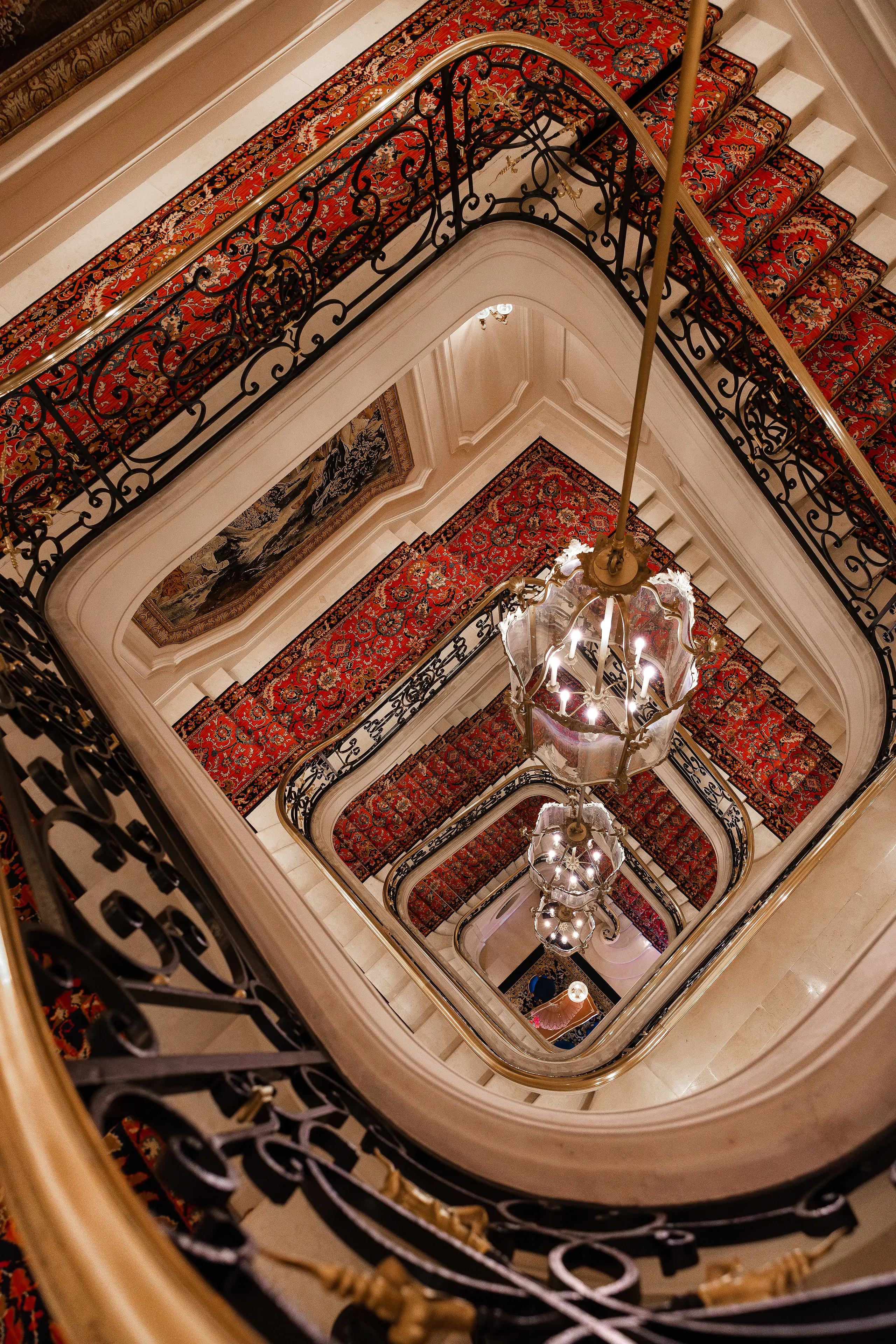
Coco Chanel: The Ritz as Her Home
No guest is more intrinsically linked to the Ritz than Gabrielle "Coco" Chanel. She began frequenting the hotel in the 1920s and took up permanent residence in 1954, living there for more than two decades. Her suite at 15 Place Vendôme was her haven of tranquillity, located just across the street from her fashion house on rue Cambon. She furnished it with her beloved Coromandel screens and personal objects, making it an extension of her iconic style. The Ritz and Chanel shared the same philosophy of discreet, perfect, and timeless luxury.
Hemingway, Proust, and the Literary Elite
The hotel's relationship with literature is the stuff of legend. Marcel Proust was a loyal acolyte from its inauguration, using the Ritz as an observatory of Parisian society, turning its staff and guests into raw material for "In Search of Lost Time." Ernest Hemingway famously declared, "When I dream of afterlife in heaven, the action always takes place in the Paris Ritz." He made the bar his headquarters, celebrating his literary success with Dry Martinis. Other luminaries like F. Scott Fitzgerald, Jean Cocteau, and Marguerite Duras were also fixtures, weaving the hotel permanently into the fabric of literary history.
The Golden Age of Place Vendôme
César Ritz's hunch about the neighborhood proved prophetic. His establishment catalyzed the transformation of Place Vendôme into the vibrant heart of Parisian luxury, attracting jewelers, watchmakers, and fashion houses. The square became synonymous with the elegance that distinguished Paris, with the Ritz at its very center, setting the hearts of Parisians beating for generations with its grand receptions, legendary parties, and an enduring commitment to the art of celebration.
To see where this history lives on, explore our guide to the rooms and suites named after these iconic figures, or learn about the hotel's vision for the future in our article on sustainable luxury at the Ritz Paris.
Photos courtesy of Ritz Paris.
